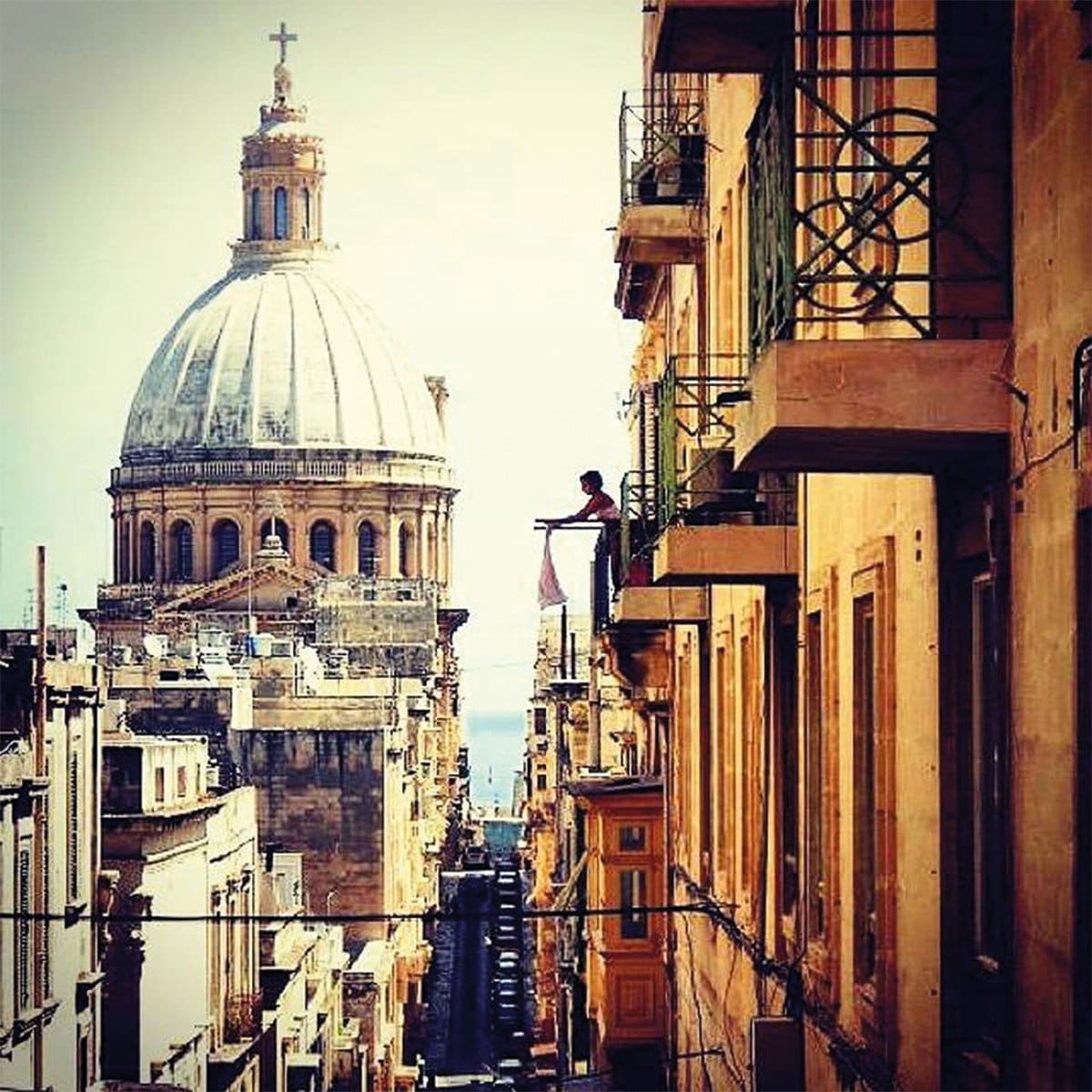The balconies of Valletta, Malta’s capital city, are one of its most striking and recognizable architectural features. These colorful, often ornate, structures protrude from the façades of the city’s historic buildings, offering a glimpse into the past while adding vibrancy to the urban landscape.
Valletta, a UNESCO World Heritage site, is known for its Baroque and Renaissance buildings, many of which were constructed during the 16th and 17th centuries when the Order of St. John ruled the island.
A blend of functionality and beauty
The balconies in Valletta were originally designed for practical reasons. They provided residents with a space to observe the bustling streets below while maintaining privacy. In a densely built city like Valletta, with its narrow, winding streets, these small outdoor spaces offered a reprieve from the crowded environment. The balconies were also a place for people to engage in social interactions or simply relax and enjoy the Mediterranean breeze.
However, over time, these balconies evolved into symbols of Maltese craftsmanship. Often made of wood, stone, or wrought iron, they feature intricate designs that range from simple and functional to elaborate and decorative.
The wooden balconies, which are perhaps the most iconic, are typically painted in vibrant hues of blue, green, red, and yellow. This color scheme not only adds charm to the city but also reflects the Mediterranean spirit, where colors are rich and warm.
Preserving the tradition
Today, the balconies of Valletta are a treasured part of the city’s heritage. Many of them have been carefully preserved or restored to maintain their historic significance.
They represent a unique blend of architectural tradition, local craftsmanship, and cultural identity, standing as a testament to Valletta’s rich history and its ongoing vitality. As the city continues to thrive, the balconies remain an enduring feature of the Maltese landscape, linking the present with the past.



